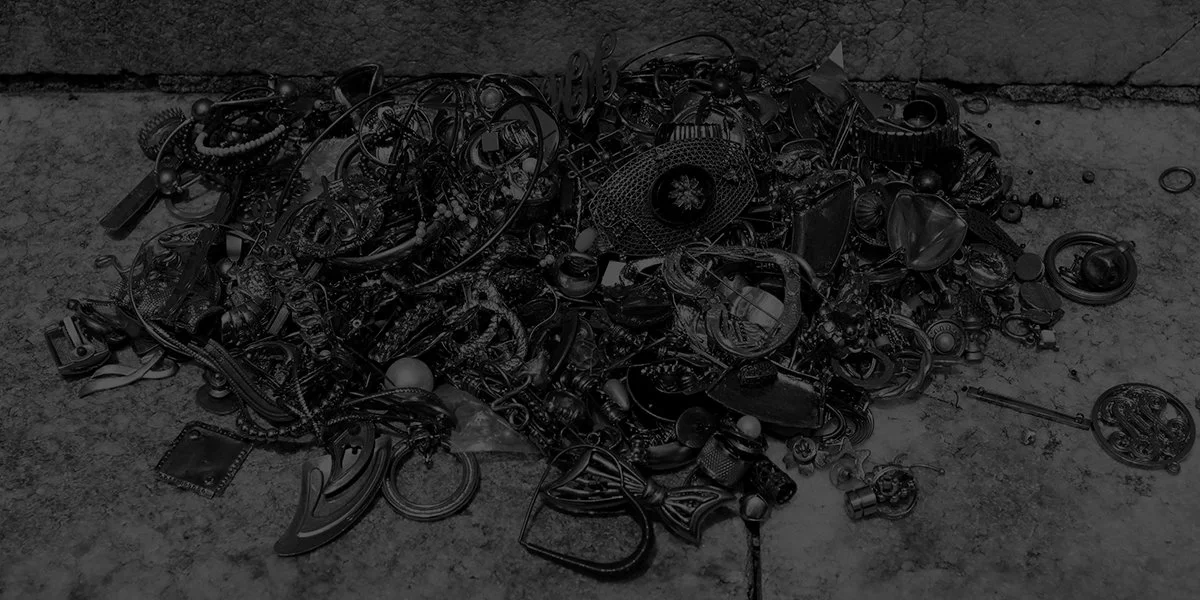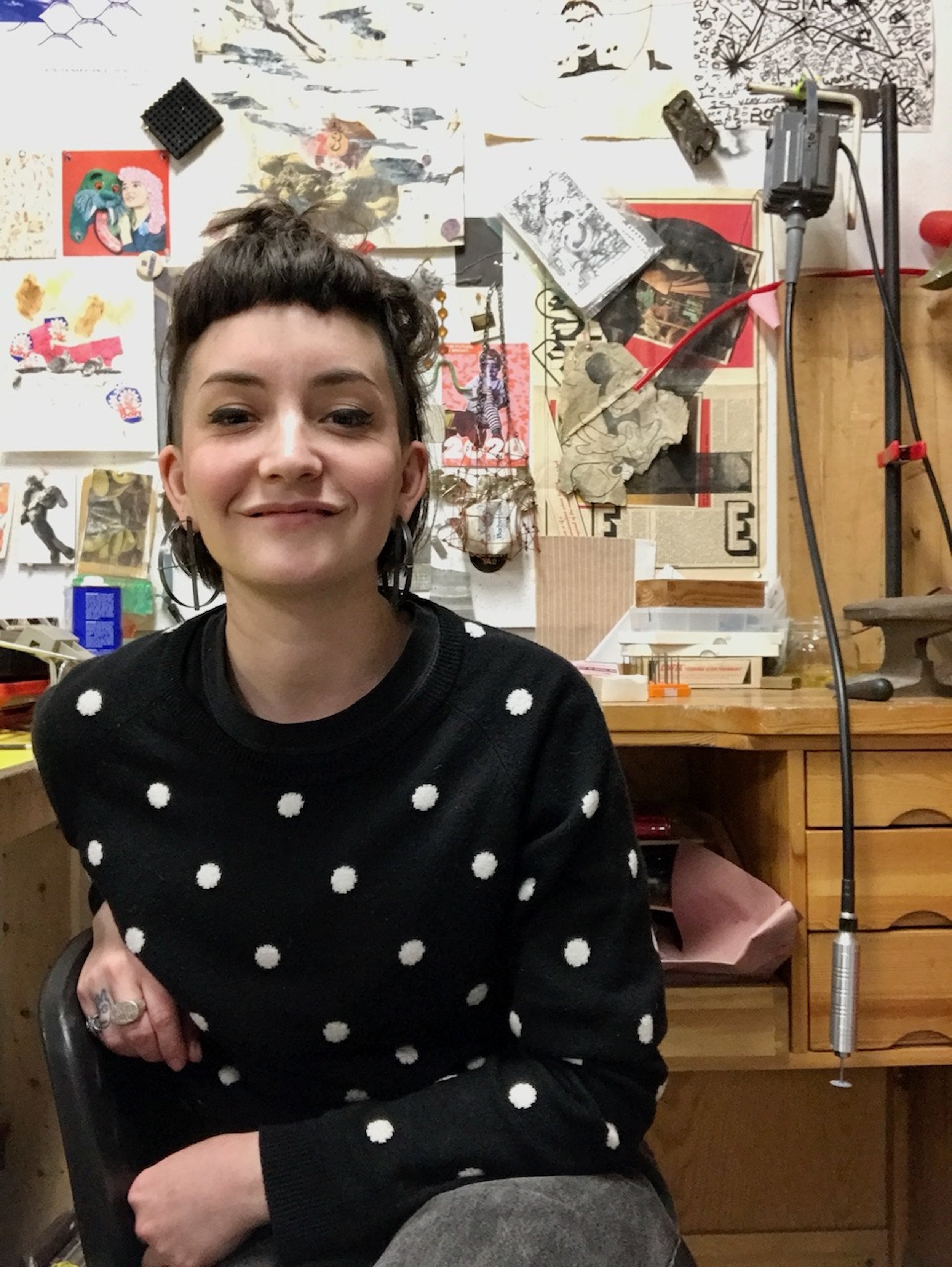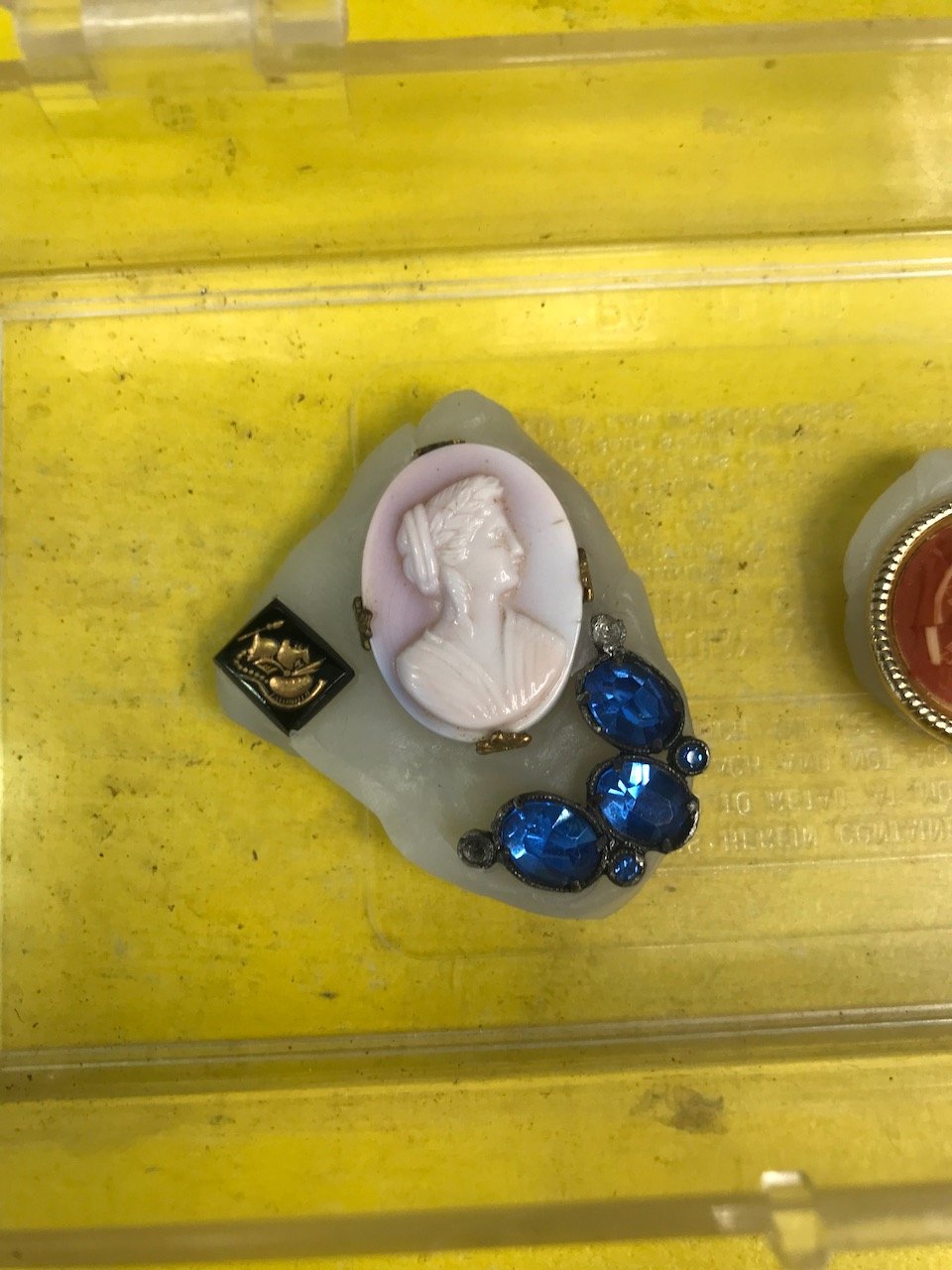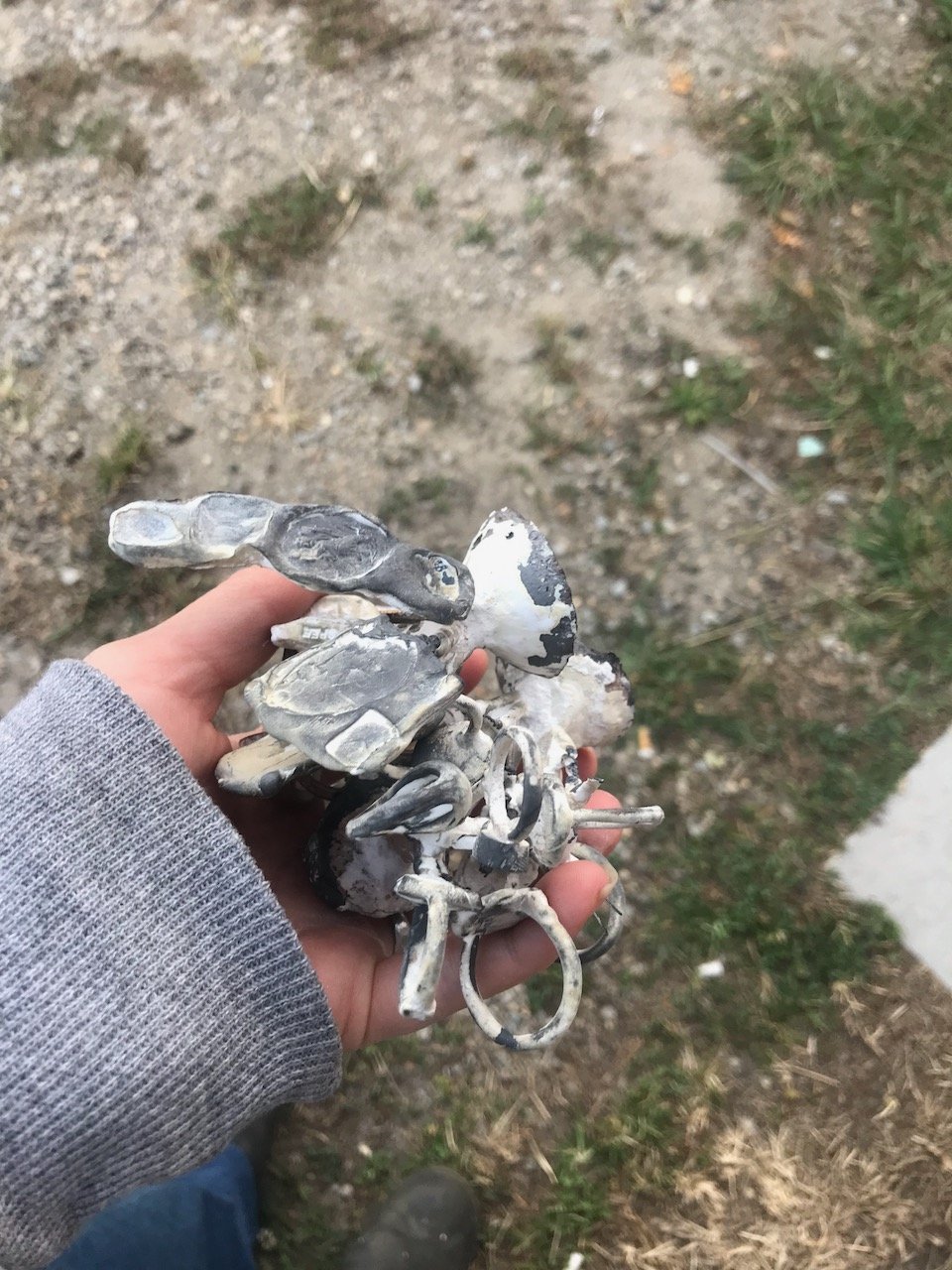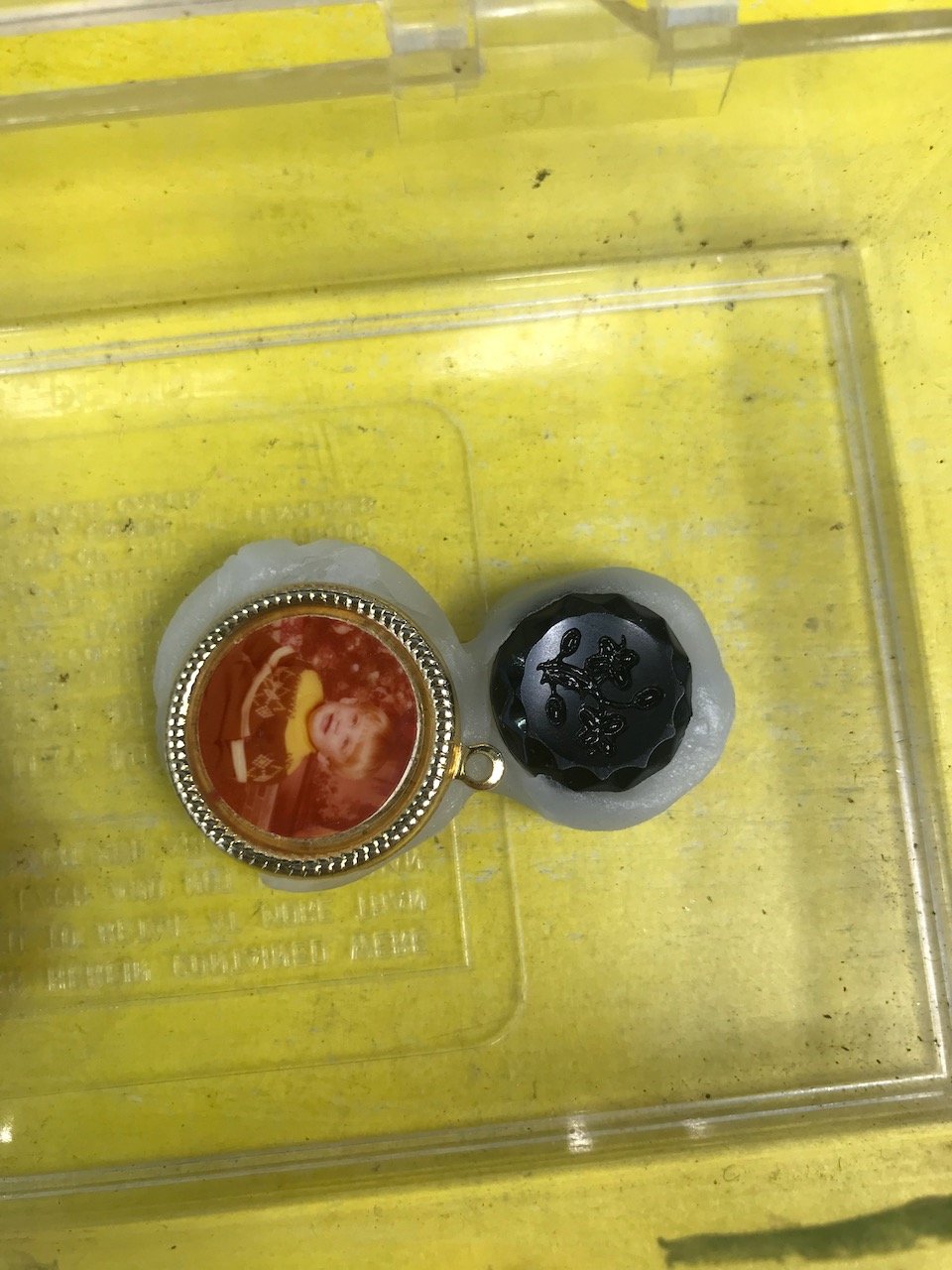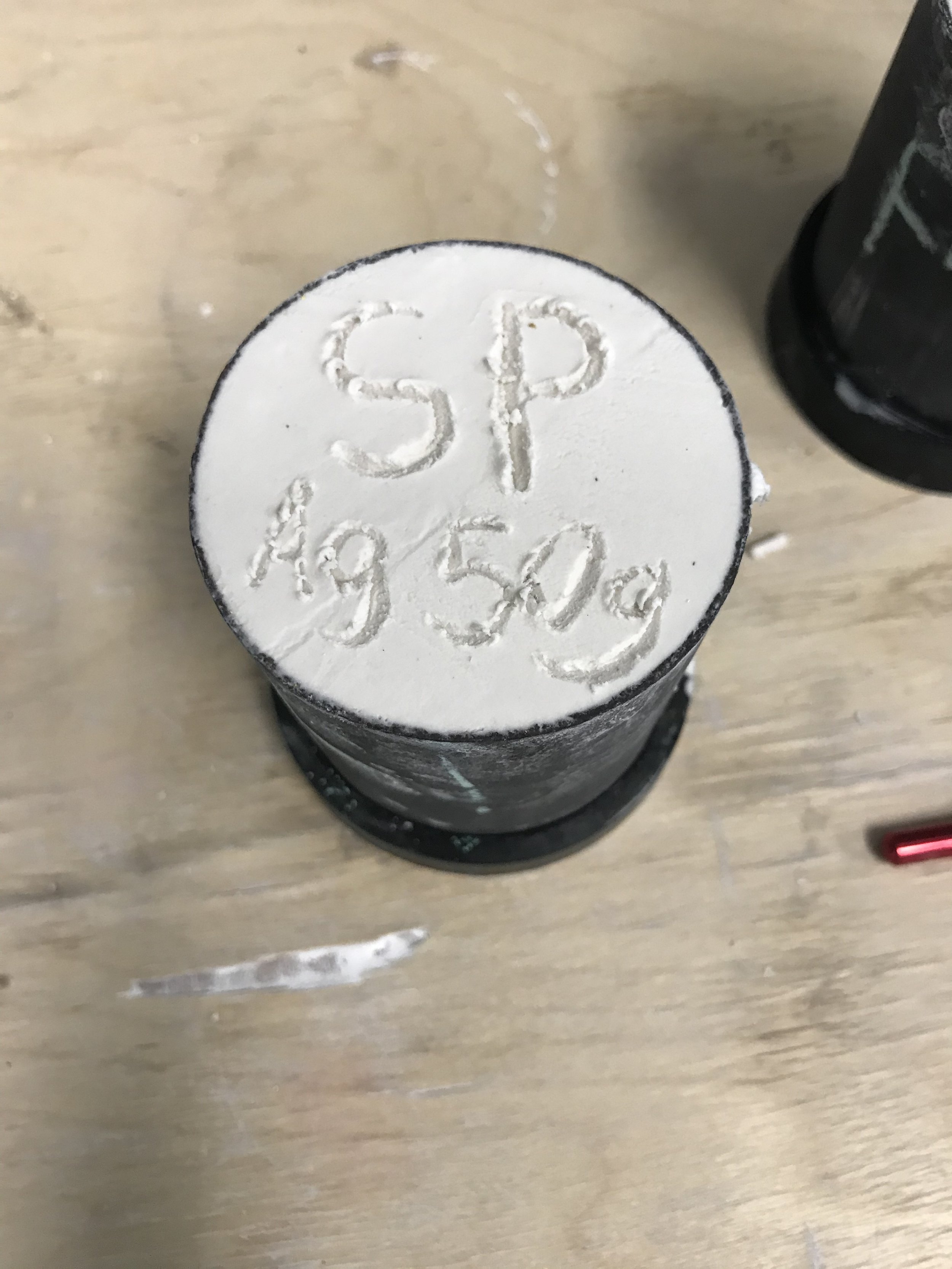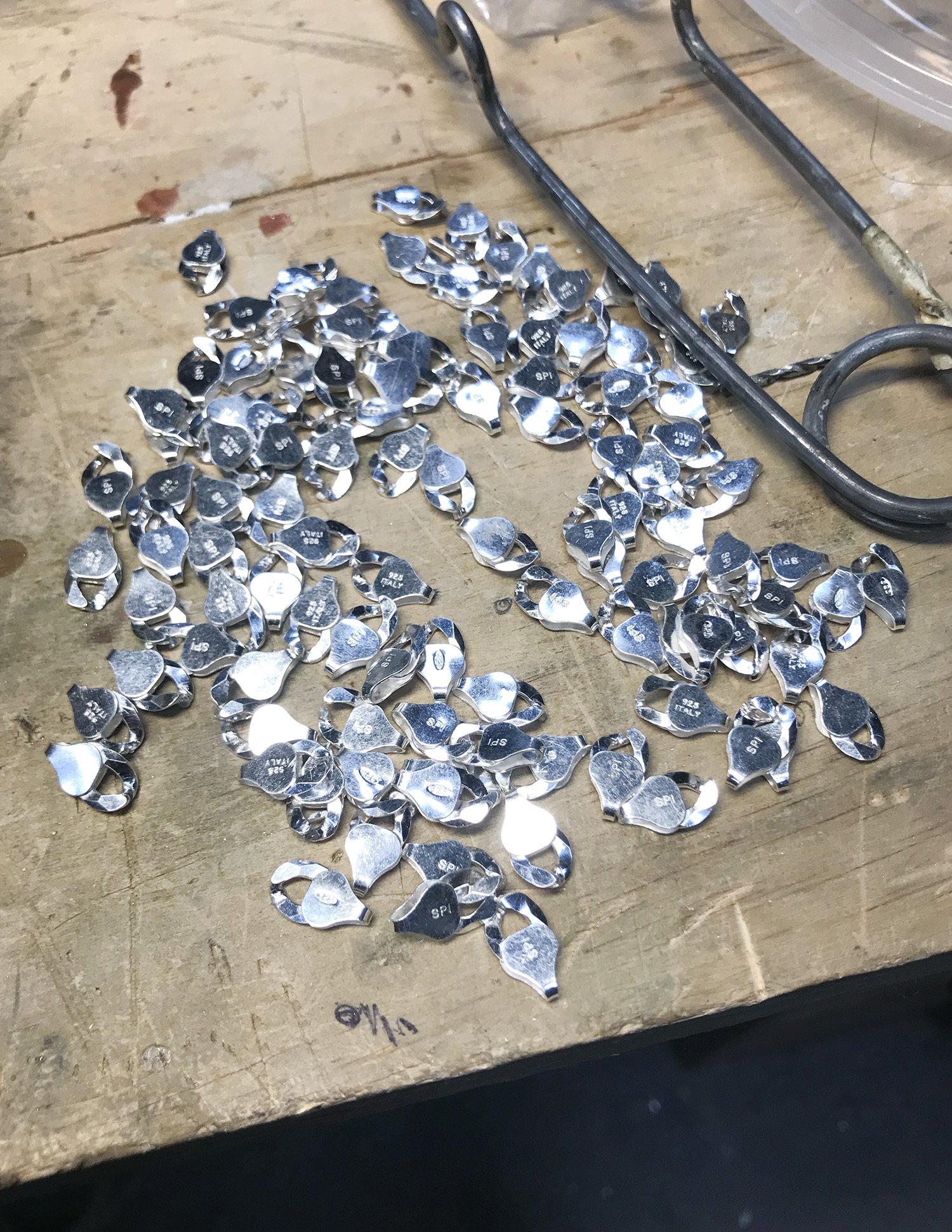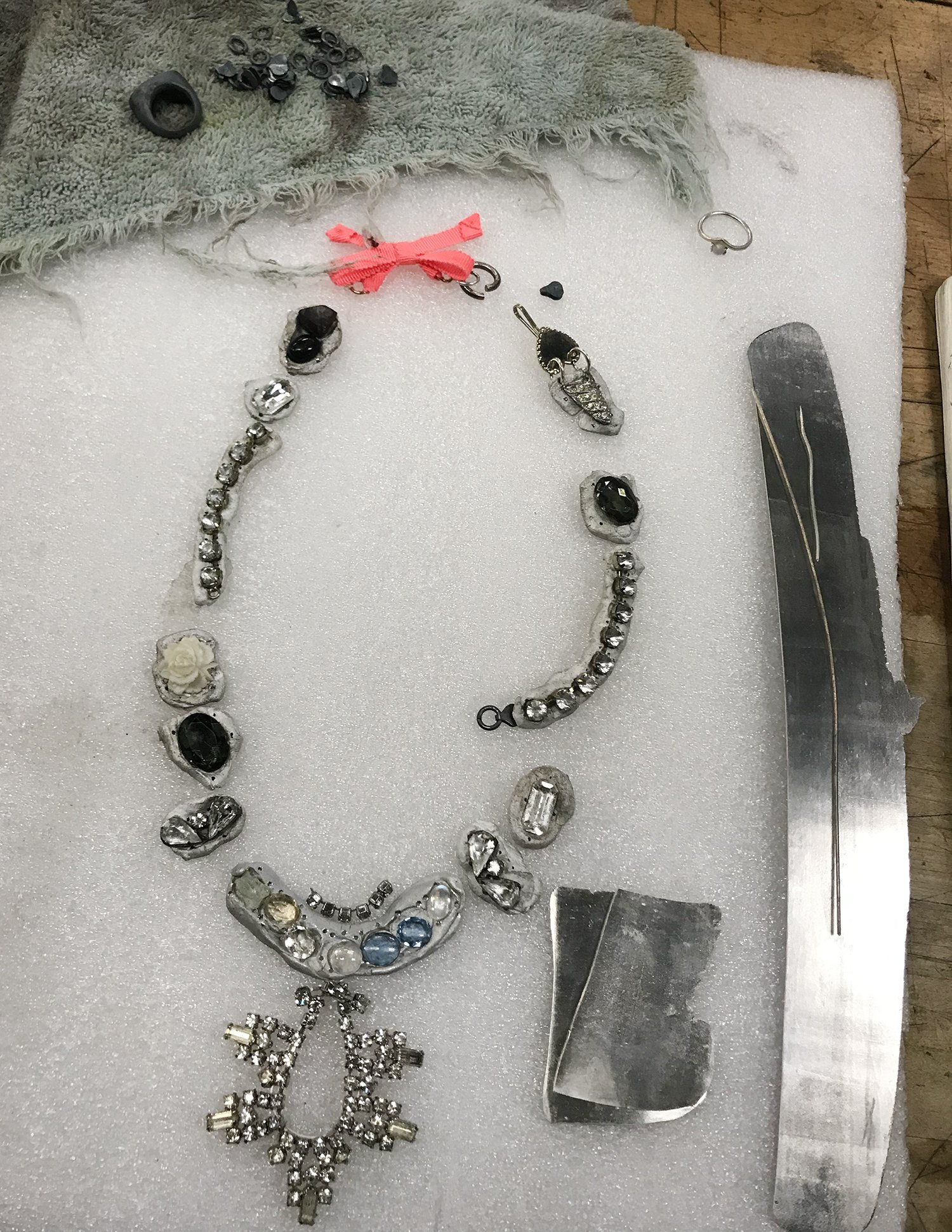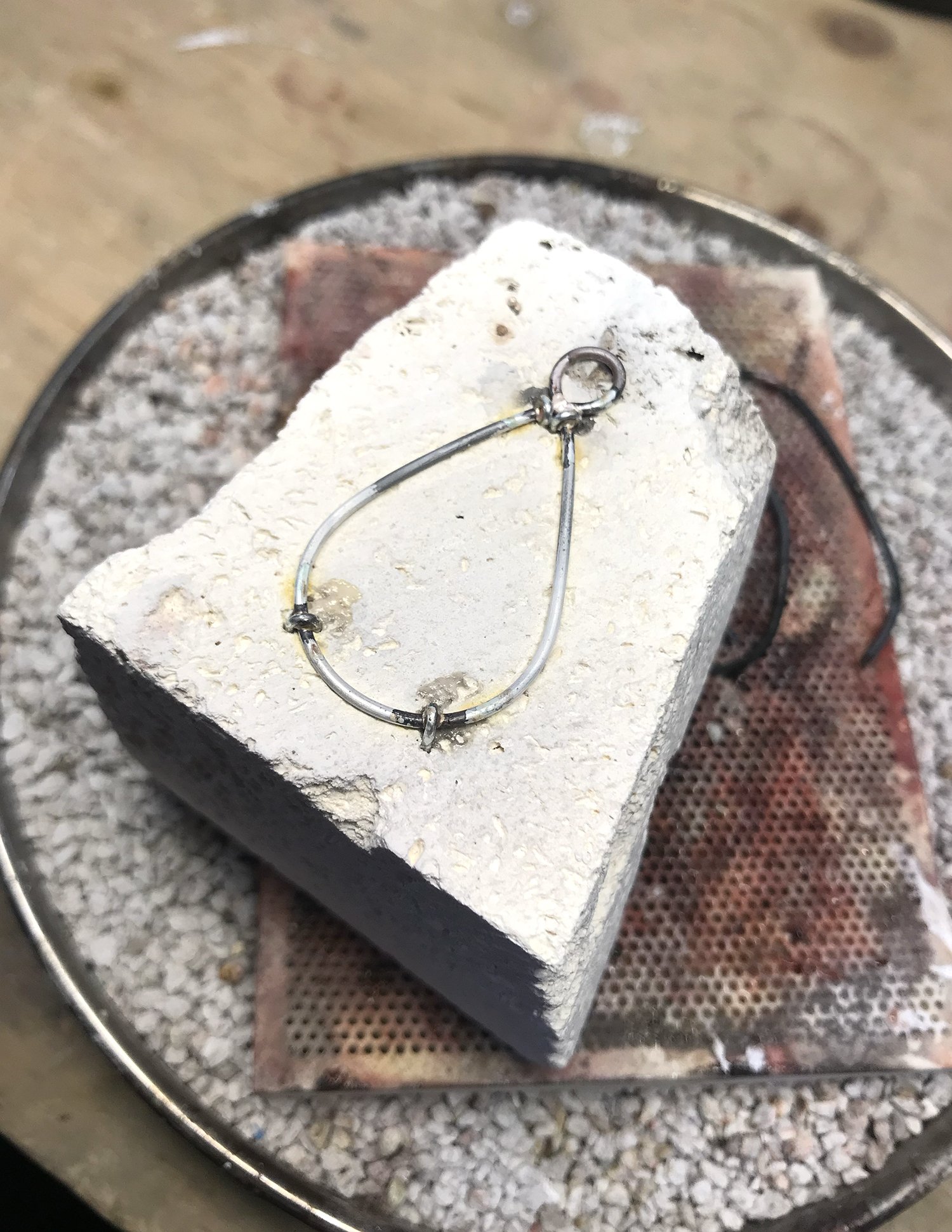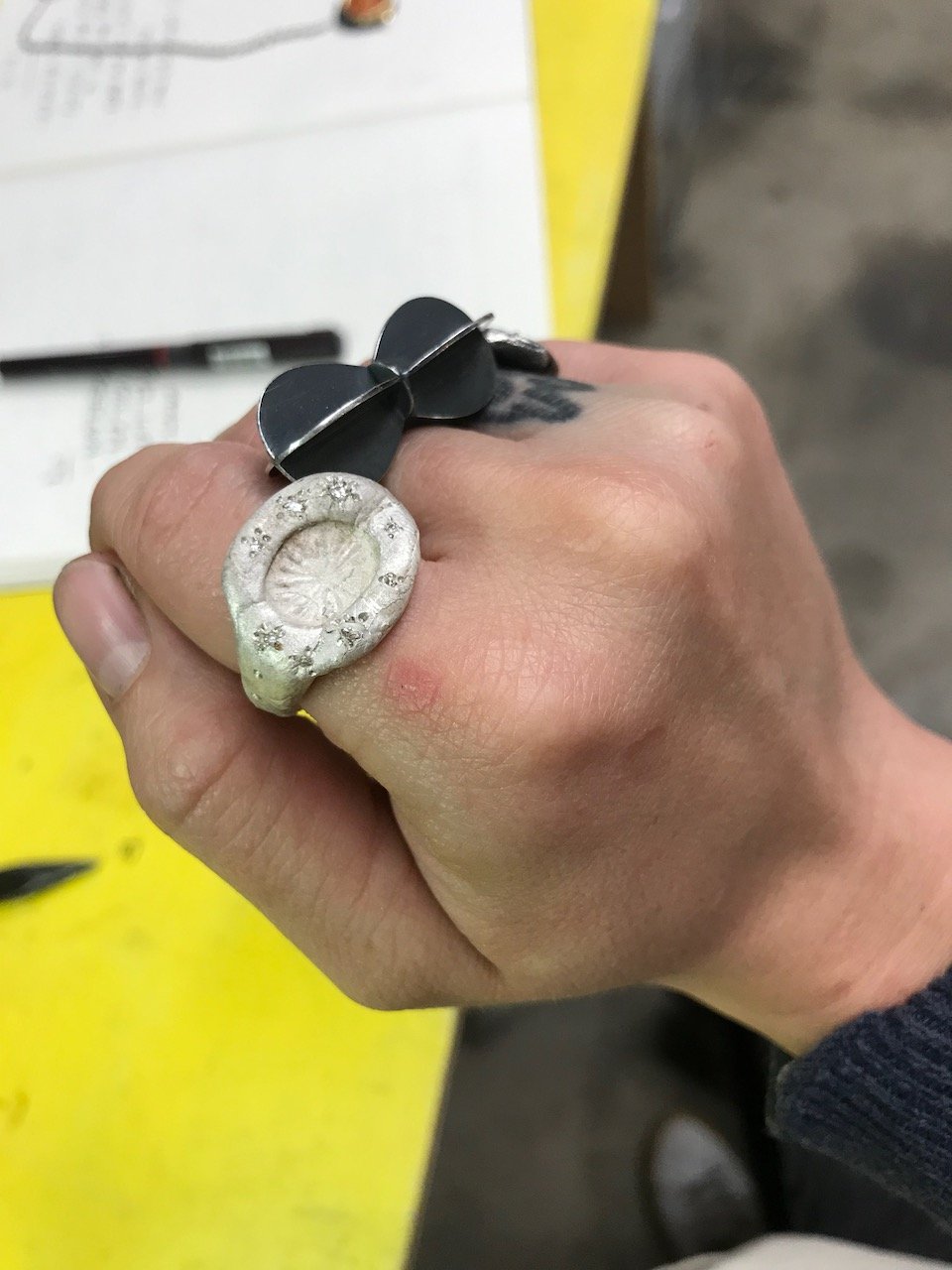Sarah “Spee” Parker is a Richmond-based sculptor and jeweler. She received her MFA from the Department of Craft/Material Studies at Virginia Commonwealth University and her BFA at Appalachian State University in Boone, North Carolina. Sarah’s sculptures, installations and jewelry focus heavily on americana, punk, DIY, anti-containment, and questioning authorship through the lens of craft. Spee is part of the Radical Jewelry Makeover Artist Project. She was a 2022 Post-Master’s Teaching Fellow at Virginia Commonwealth University. She was a recipient of the Baltimore Jewelry Center Emerging Artist Residency. She has exhibited regionally and has been a member to several DIY exhibition spaces in both Boone, North Carolina as well as Richmond, VA.
How have you been influenced by the project?
I had the privilege of participating in an installment of RJM at Appalachian State University in NC when I was in college in 2012. That first introduction to RJM, as well as the sustainable jewelry movement, sparked my interests in collaging within jewelry and adornment arts. My relationship to the sustainable jewelry movement evolved from that initial educational experience and has continued to grow since 2012.
How are creative license, personal safety, environment, and social responsibility factored in to your choices?
I try to factor personal safety, environmental impact and my social responsibility against my creative license carefully. As many of us creatives know, the act of making will ALWAYS carry with it the burden of impact, typically in all three of those areas. I try not to let myself be paralyzed by that reality, instead I think of these various impacts as forces against which I can be innovative— seeking solutions that house hopefulness because to me, any effort is better than no effort at all. I measure my practice as an evolution where I continue to develop a practice that increasingly minimizes those negative impacts and supports my highest ideals.
How do you weigh what techniques and materials you will use?
My creative practice is always driven by the material culture that I am seeking to highlight. Luckily, the RJM archive of materials is diverse and has some real gems! From there, I try to innovate ways to connect and collage materials that minimize use of solder— often the technique I land on is casting and stone setting techniques where the stones are set using cold connections such as staples.
How do you anticipate future uses for the materials that you are using?
Something that is important to me is the ability to disassemble my work easily so that it can be utilized without too much energy. I make work that is rooted in the now and recognize that my current work will one day, in the not too distant future, be viewed as outdated. When that time comes I am happy that my pieces reenter the supply chain and support a circular economy of materials.
Will a jeweler in the future be able to reuse your piece by disassembling or melting down the metal?
Yes, for the most part! I sometimes use aluminum and pot metal and these two materials are less easy to reuse— the pot metal especially. My fabrication approaches typically make that disassembling easier because I try to minimize use of solder making refining one’s own metal a little cleaner and easier.
